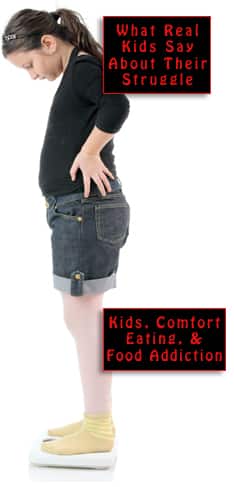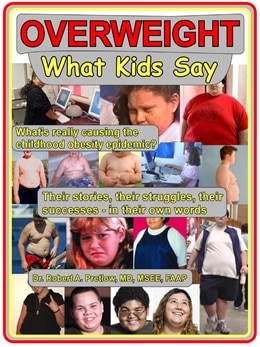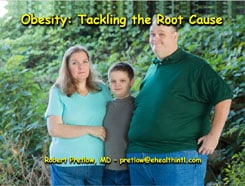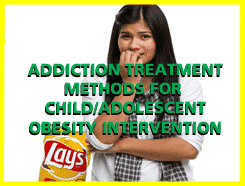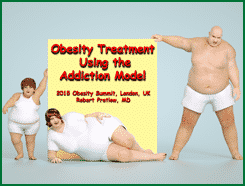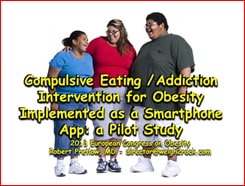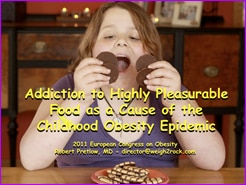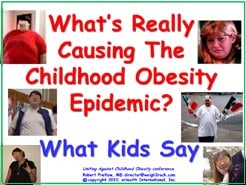AAP Guidelines — the Backlash Grows, Part 2

This post is a continuation of yesterday’s, whose general topic is the increasing unrest over the latest guidelines published by the American Academy of Pediatrics. In particular, we are now discussing the various sorts of damage that healthcare professionals can unwittingly or carelessly bring about.
Iatrogenic harm can be produced not just by bacteria or a scalpel, but by words, and even without words. Yes, the spoken and unspoken communications of a physician, nurse, or other staff members can also cause significant damage. One website for medical professionals says,
Less well recognized are the potentially harmful influences of the knowledge, values, beliefs, and attitudes of well-intentioned health care providers and patients themselves, upon patient outcomes.
Another source quotes these thoughts from Arthur J. Barsky, M.D.:
Some of the information that physicians convey to their patients can inadvertently amplify patients’ symptoms and become a source of heightened somatic distress… One mediator of this variability between symptoms and disease is the patient’s thoughts, beliefs, and ideas… Although cognitions may not cause symptoms, they can amplify, perpetuate, and exacerbate them, making symptoms more salient, noxious, intrusive, and bothersome.
In the worst cases, this is the stuff of malpractice lawsuits. The Journal of Ethics explains a fine distinction:
Iatrogenesis refers to harm experienced by patients resulting from medical care, whereas negligence is more narrowly conceived as deviation from standard care. While all harm resulting from negligence is iatrogenic, not all iatrogenic injury is negligent.
Now, speaking of symptoms and disease, one problem pointed out by Dr. Pretlow and many others is the tendency of some clinicians to skip too speedily over the history and variety of symptoms. They head straight for the preconceived and possibly erroneous “answers,” which in perhaps too many cases tend to be either drugs or surgery. A sort of mass amnesia takes over and causes many healthcare professionals to forget that something came first, before symptoms.
In common parlance, we call that thing a cause. As Dr. Pretlow says,
Even with the new recommendations, only the symptoms are still being treated, not the underlying cause.
When a ship begins to sink, the water that sloshes around the sailors’ ankles is the indicator that something is wrong — the symptom. Naturally, some of the crew grab buckets and start bailing, and of course, others get to work on fixing the sails. But isn’t it a good idea to first locate the holes through which the water pours in, and plug them? When the underlying cause of the patient’s obesity remains unaddressed, how much good can be accomplished by a weight-loss drug regimen, or even bariatric surgery?
Sadly, failure to ponder the symptoms, along with the proclivity to leap to a demanding and costly solution, could in some cases be fairly characterized as iatrogenic harm. And nobody wants that.
Your responses and feedback are welcome!
Source: “Iatrogenesis,” HIGN.org, undated
Source: “The Iatrogenic Potential of the Physician’s Words,” JAMANetwork.com, 12/26/17
Source: “When Is Iatrogenic Harm Negligent?,” AMA-assn.org, August 2022
Image by driver Photographer/CC BY-SA 2.0










 FAQs and Media Requests:
FAQs and Media Requests: 